|
Tinkering is a word we hear a lot these days. Companies have tinkering shops, kids tinker with objects. What does it mean? The definition is an act of attempting to repair something. A few years ago when having discussions about how to make our math classes more real world applicable, we decided to implement Math Fridays. In the afternoon during math time, we would rotate weekly between coding, math games, and tinkering. To start with tinkering, we collected broken electronics and items and allowed students to take them apart. We knew we wanted this to be a hands-on experience, but we didn’t know exactly how to make it work, so we just jumped in head first. It was awesome to see the students problem solve and collaborate when taking apart these items. I knew this experience was important and exciting for the students, but I wanted to make it something more meaningful. I was inspired by my husband who is definitely a kinesthetic learner. I watch him around the house spending hours tinkering with lightbulbs, lamps, baby toys, the cable box... the list goes on and on. I watch him look up YouTube videos when he gets stuck or doesn’t know how to fix something. And I see the end result, which is almost always that he fixed what he set out to fix. I knew these skills were the real world skills I’ve been wanting our students to gain. And through watching him, I knew that tinkering was the way to go about it. This year, I took a more structured approach towards our tinkering time at school. We started our first day by doing a warm up activity. I found this activity while searching online (https://makered.org/wp-content/uploads/2018/09/Lighthouse-Project-Guide-Take-Apart.pdf). The students were tasked with taking apart a pen. They had to identify the parts and the purposes of the parts. They could also list any complexities (we reframed them as questions) that they had. After they documented their work, they had to put the pen back together. Then I introduced the two lab options they’d have. The first lab is the Tinkering Lab. In this lab they work to take apart items that are broken and beyond repair. The second lab option is the Workshop Lab. In this lab, they work to repair items back to working order. The students chose their lab and were assigned their objects. Some examples include speakers, stools, lamps, and a hair dryer. The students use collaboration, problem solving, research skills, patience, perseverance and so many more skills when working. I tasked one of the students in the Workshop Lab with fixing my lamp from our classroom. Upon taking it apart, he realized it needed a new bulb, but the bulb was hard to find. Then he remembered that we have a similar lamp that is broken beyond repair and in the Tinkering Lab. He decided to take the bulb out of that lamp and rewire it into the other lamp. And it worked! We have light! There are so many success stories, aha moments, and more importantly, moments of failure and defeat. These are the moments I look for, because it’s incredible to see students work through their problems and come out the other side. My dream for our tinkering time would be to create an actual workshop in our school where the students have all the tools necessary to tinker, build, and fix. Not only would they be building with their hands, but they are also building confidence, connections, and lifelong skills.
0 Comments
Leave a Reply. |
TIS StakeholdersA collection of thoughts, ideas and reflections from our educators, students, and families. Archives
September 2023
Categories |

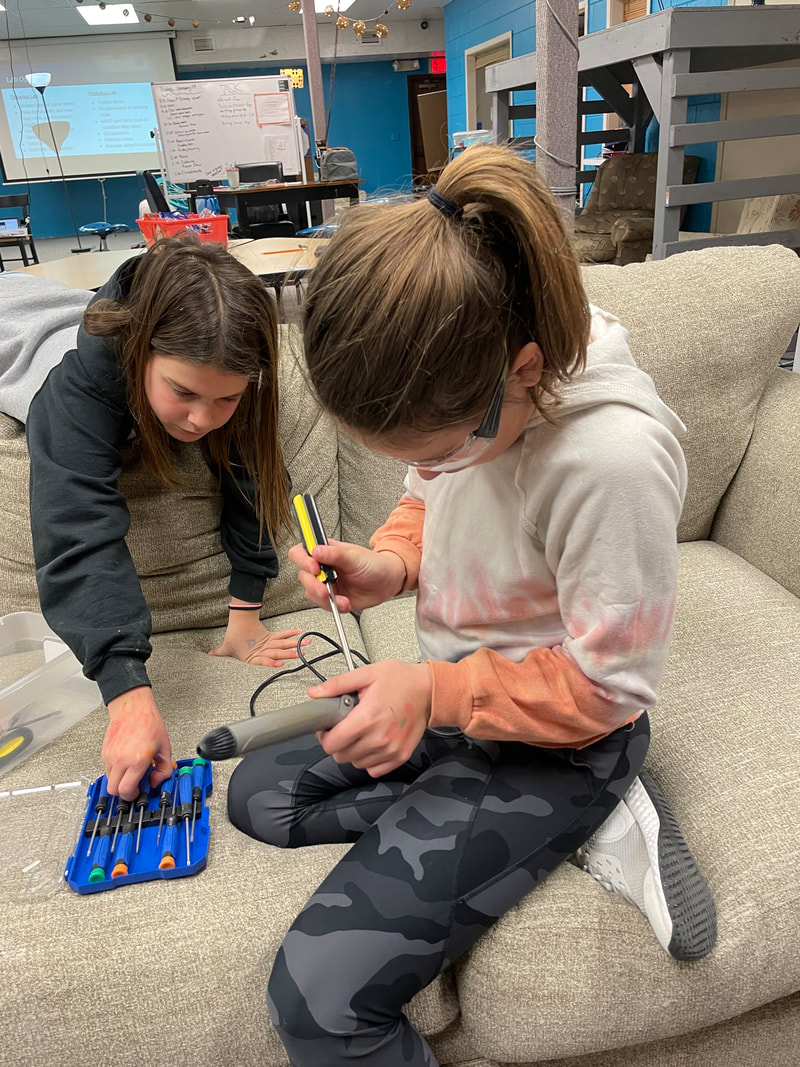
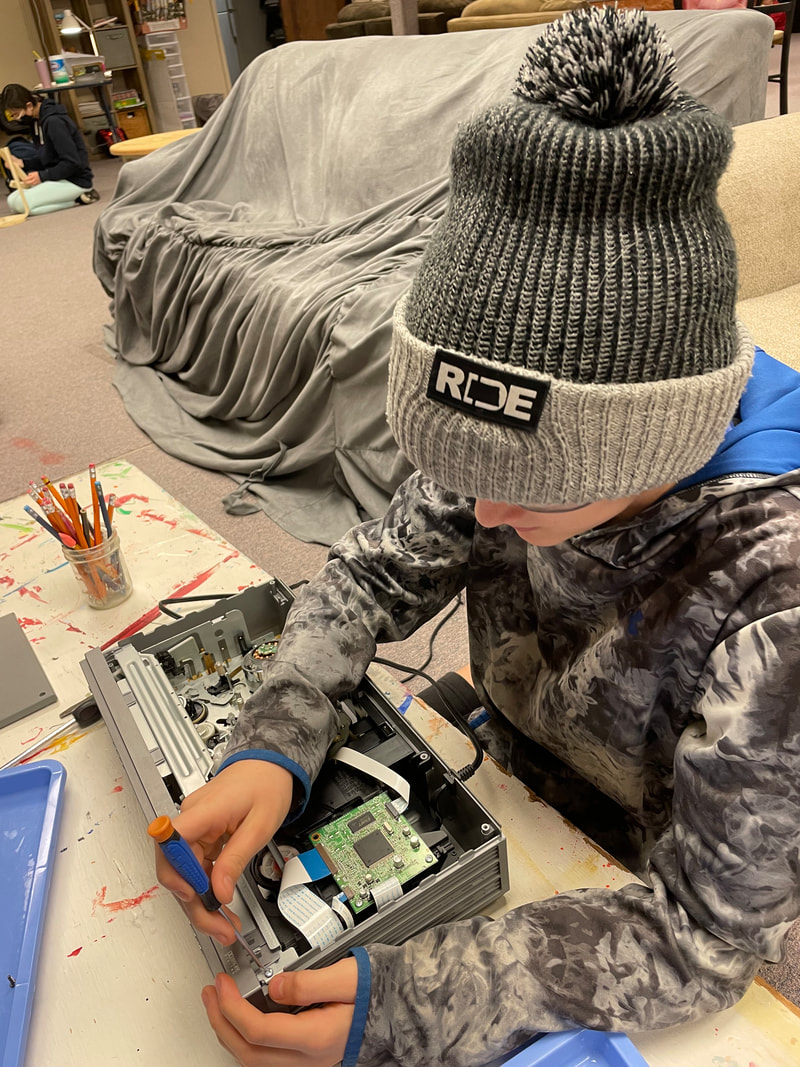


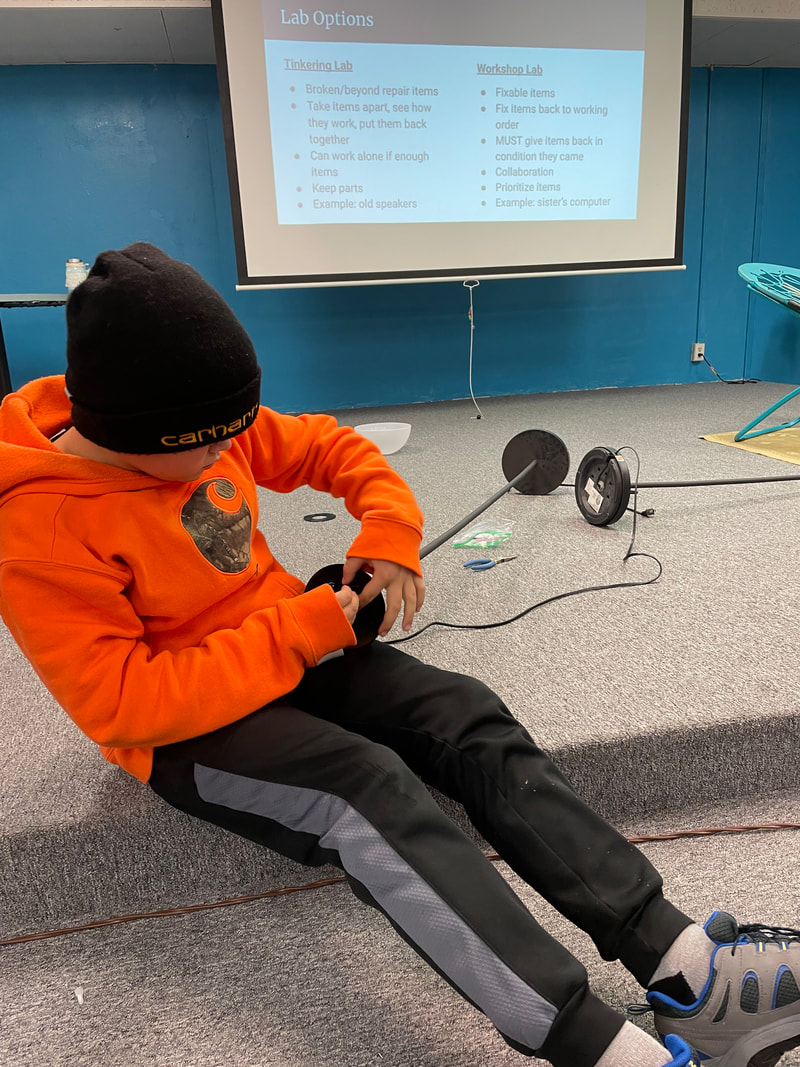

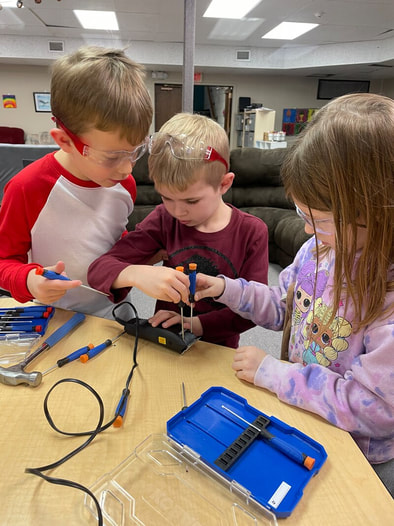
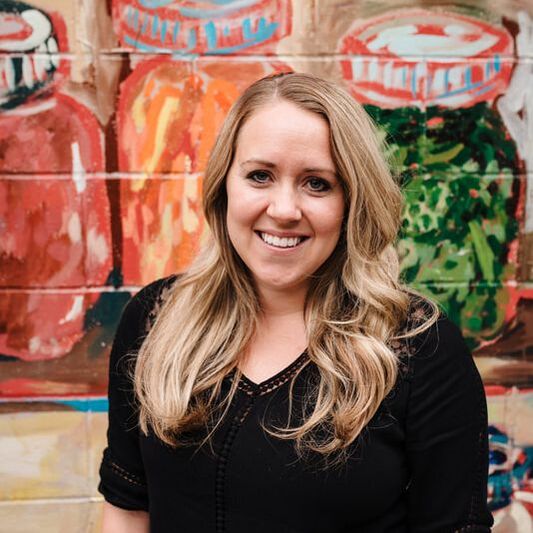
 RSS Feed
RSS Feed
